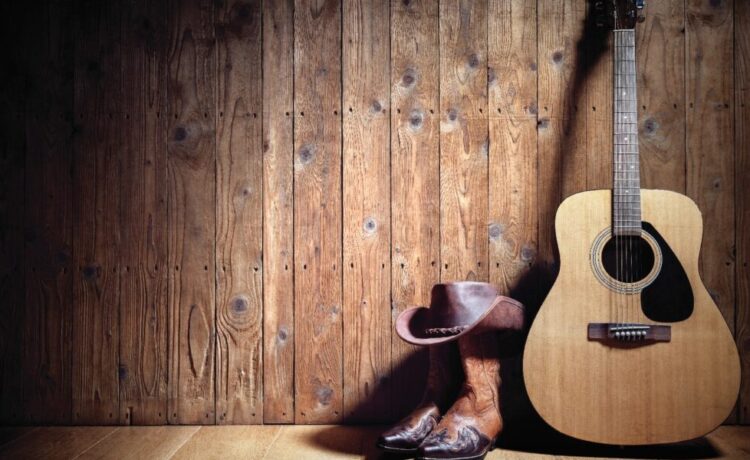Music photography is often celebrated for its artistic merit, capturing the charisma of performers and the electricity of live shows. Yet its true value extends far beyond aesthetics. Each image frozen in time not only preserves a fleeting moment on stage but also documents shifting trends in culture, fashion, social movements, and technology.
This post examines why music photography is much more than artistic expression. By analyzing its role as cultural documentation, we uncover how musical photography shapes our collective memory, informs academic research, and leaves an indelible mark on generations.
The Significance of Music Photography
Music photography records far more than the image of a performer at their craft. It serves as concrete evidence of how music interacts with the broader public and captures evolutions in society itself.
A Chronicle of Social and Cultural Shifts
Musical photography does not merely freeze a musician mid-performance; it captures social phenomena. Consider an iconic image of Bob Dylan holding a harmonica in 1963. It is not just a portrait; it is an artifact from the Civil Rights era. Sid Vicious’ chaotic stance on stage is not only punk energy embodied but also a snapshot of late-1970s rebellion and unrest.
Throughout history, music photographers have documented more than individual personalities. Their work reflects cultural shifts—from the counterculture of Woodstock to the birth of hip-hop in New York and the global spread of K-pop. Every photograph tells a layered story about the era, the people, and their collective spirit.
Fashion, Identity, and Performance
Music photography also acts as a mirror for evolving styles and personal identities. Performers use stage fashion to send deliberate messages; music photographers capture these visuals, making them accessible to mass audiences. Whether it is Jimi Hendrix’s flamboyant jackets or Billie Eilish’s oversized streetwear, photographers crystallize these fashion choices, allowing trends and identities to cross borders and generations.
Techniques and Tools Documenting Change
The history of musical photography follows the rhythms of technology. Early efforts relied on bulky film cameras and uncertain lighting. Today, high-resolution digital devices capture detail unimaginable to those documenting The Beatles’ rooftop concert.
Evolution of Equipment
- Film to Digital: Pioneering photographers such as Jim Marshall and Linda McCartney worked with 35mm film, developing photographs by hand. Digital innovation now enables live capture, rapid sharing, and global reach.
- On-Stage and Behind the Scenes: Access to exclusive moments—from candid backstage discussions to crowd reactions—is now possible through telephoto lenses, compact cameras, and even smartphones.
Mastery of Timing and Environment
Grasping the unpredictable lighting, quick movements, and raw emotion unique to live performance requires technical proficiency. Renowned music photographers perfect their craft to capture clarity even under low lighting and rapid motion, ensuring moments are never lost to time.
Music Photography as Living History
Musical photography forms primary sources for historians, journalists, and sociologists.
Archival Value
- Academic Research: Institutions curate collections of music photography to document and analyze cultural patterns. For example, museum exhibitions featuring jazz, rock, or rap visually narrate each genre’s origins and impact.
- Reference for Future Generations: Music photographs help new artists learn how predecessors moved, dressed, and made change through performance. These visual archives underpin documentaries, biographies, and scholarly analyses.
The Role of Iconic Images
Certain photographs or photographic series become symbols for entire generations. Jimi Hendrix at Monterey, the Rolling Stones at Altamont, or Tupac Shakur’s last performance all represent watershed moments that echo through history. These images offer a lens into social context and emotion for those who were there and for generations that follow.
The Economic and Social Impact of Music Photography
Musical photography is also a business, shaping how artists and movements build cultural legacy and commercial success.
Shaping Artist Brands
Music photographs are fundamental to album covers, promotional materials, and press kits. A striking image can define an artist’s brand and hold significant monetary and cultural value. Consider the instantly recognizable album photos for The Clash’s “London Calling” or Nirvana’s “Nevermind.” These visuals are inseparable from the music and the era itself.
Influencing Public Perception
Photographers serve as intermediaries between the artist and the audience. Through their lens, they highlight messages, moods, and aspirations. Their work challenges perceptions and often becomes the focal point of media narratives.
Why Preserving Music Photography Matters
Preserving the history encoded within music photography is not simply about archiving images. By conserving negatives, prints, and digital files, archivists and organizations protect the stories and lessons embedded within each frame. These photographs provide crucial visual evidence, supporting the claims of those who study or lived through past eras.
Organizations such as the Rock and Roll Hall of Fame and major digital archives now collaborate with photographers to digitize and preserve their collections, ensuring future generations understand the artistic, social, and historical legacies musicians and their photographers leave behind.
Keeping Cultural History in Focus
Musical photography is an ongoing, evolving form of cultural documentation. Much more than art, it is a living chronicle of creativity, rebellion, fashion, and social change. Each photograph captures something both ephemeral and essential, shaping not only our memories but also our future understanding.
For those interested in further exploring music photography, institutions such as The Museum of Modern Art and online archives like Getty Images offer comprehensive collections. Additionally, aspiring photographers may find inspiration and guidance in interviews and masterclasses with established professionals in the field. By supporting these resources and maintaining a critical appreciation of music photography, we help preserve history for generations to come.





